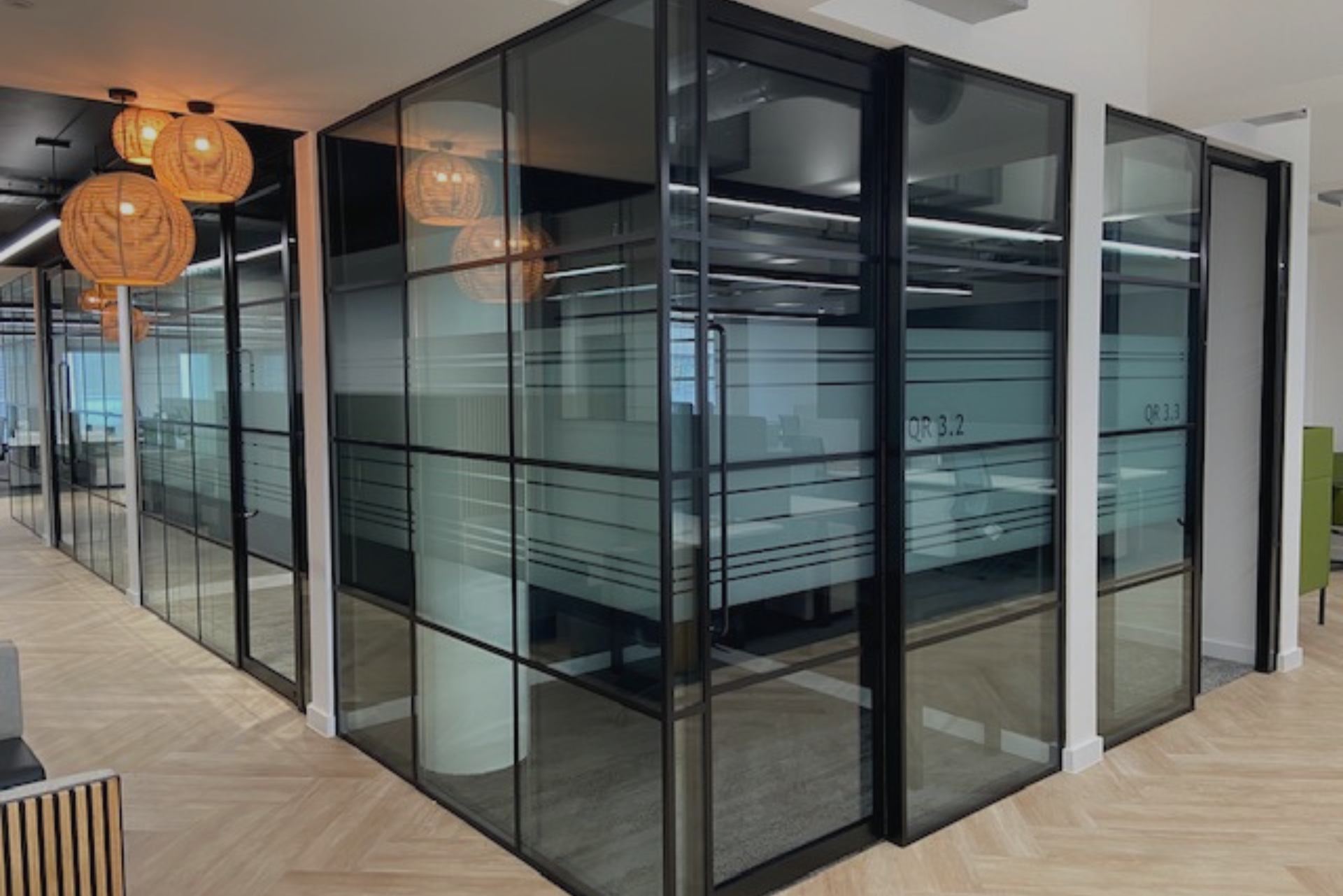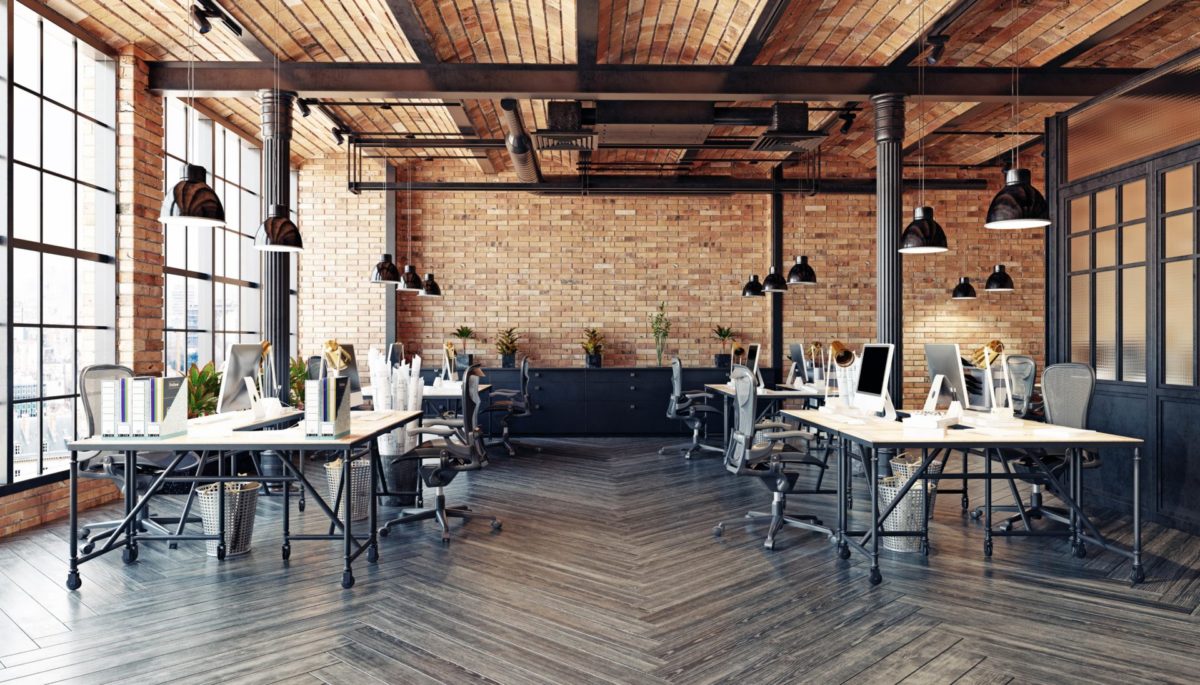23 / 03 / 2023
Average UK office rent: How has it changed?
In today’s article, we will explore the changes in office rent in the UK over the past twenty years, looking at the factors that have influenced these changes.
The average office rent in the UK has experienced significant fluctuations over the years, reflecting the overall economic conditions in the country.
Historical trends
Office rent in the UK has been rising steadily over the past few decades. According to data from Savills, the average office rent in London was £65 per square foot in 2000, rising to £100 per square foot by 2010. This increase was due to a combination of factors, including a growing demand for office space in the capital, a lack of supply, and increasing construction costs. However, the financial crisis of 2008 had a significant impact on the office rental market, causing rents to fall in many areas. In the years following the crisis, the average office rent in London fell to around £60 per square foot, before beginning to recover in 2014.
Since then, the office rental market in London and other parts of the UK has experienced a gradual recovery, with average rents rising once again. This recovery has been driven by several factors, including an improving economy and rising demand from businesses in various sectors. One key factor in the rise of office rents in recent years has been the growth of the technology sector. With many tech companies looking to set up offices in London, the demand for office space has risen sharply, leading to a surge in rental spaces. This trend is particularly evident in areas of Shoreditch and Old Street, which have become popular locations for tech startups and established firms alike.
Another factor driving the rise in office rents has been the influx of international businesses setting up operations in London. With the city continuing to attract global talent and investment, the demand for office space has remained high, pushing up rental rates even further. Despite these factors, there are also signs that the UK office rental market may be facing challenges in the years ahead. The ongoing uncertainty surrounding Brexit, coupled with the impact of the COVID-19 pandemic, has led to a reduction in demand for office space in some areas. In addition, the rise of remote working and flexible working arrangements may lead to a further reduction in demand for traditional office space in the years to come.

Recent trends
In recent years, the UK office rental market has been shaped by a number of factors, including Brexit, the COVID-19 pandemic, and changes in working patterns. The pandemic, in particular, has had a significant impact on the market, with many companies adopting remote working and reducing their need for office space. The average office rent in London fell in 2020, due to the pandemic; the biggest annual decline in over a decade. However, some areas of the city such as the West End saw less decline due to their popularity with certain industries, such as finance and technology.
It’s definitely worth mentioning that Brexit has had a huge impact on the UK office rental market, particularly in London. The uncertainty surrounding the UK’s exit from the European Union led to a reduction in the demand for office space, as some businesses looked to relocate to other European cities. However, this impact has been somewhat mitigated by the fact that London remains a global financial and business centre, with many companies continuing to see the city as an attractive place to do business.
Looking ahead
The future of the UK office rental market is uncertain, with many factors likely to influence its direction. The COVID-19 pandemic has accelerated changes in working patterns, with many companies adopting a hybrid or fully remote working model. This could lead to a reduction in demand for office space, particularly in major cities such as London and Manchester.
However, there are also reasons to be optimistic. The UK economy is expected to recover strongly from the pandemic, which could lead to an increase in demand for office space. Additionally, there are signs that some companies are looking to return to the office, with a recent survey by Deloitte showing that 84% of UK office workers would like to work in an office at least some of the time.
The average office rent in the UK has undergone significant changes over the past twenty years, reflecting the influence of economic and social factors. While the pandemic has had a major impact on the market, the future remains uncertain. As the UK economy recovers, it is possible that demand for office space will increase, but the rise of remote working could also lead to a continued reduction in demand.
Tips for renting your first office
Without question, there is definitely a great reason to look ahead to renting your first office. Whilst the cost implications might prove tough to shrug off, that aside – you can definitely get creative with your first office. There’s no place better to start getting creative than installing glass office partitions. Glass partitions can add a powerful and dramatic effect to your office, which attracts employees and clients straightaway. It adds aesthetic value to the office space and makes your environment look: clean, smart and modern. At Office Blinds & Glazing, our BLAQ banded industrial partitions are the perfect addition to your new office. They can accommodate a wide range of single and double-glazed partitions, and we can tailor the partition to suit your needs.

If you would like to enquire about our glass partitions or fire-rated glass doors, get in touch with our sales team today.
Enjoy this article? You might be interested in some of our others:
28 / 04 / 2023
Office design trends in 2023
Since our last office design trends in 2018, there have been huge strides in the design of office spaces.


